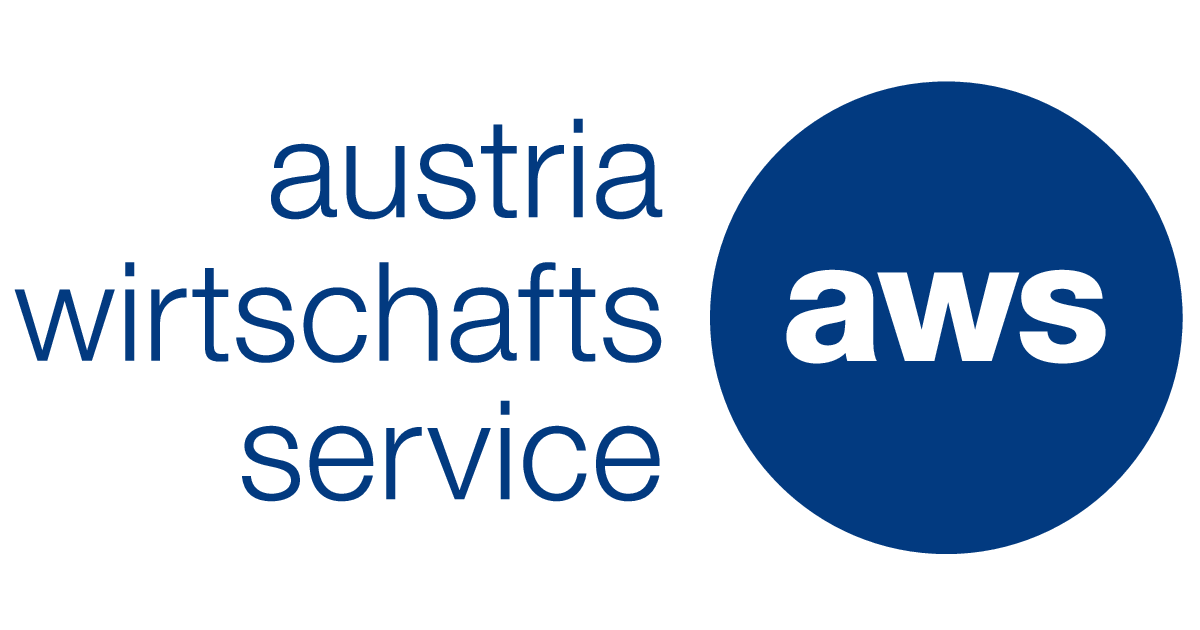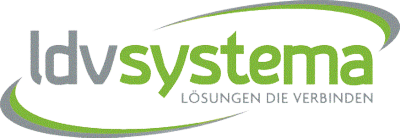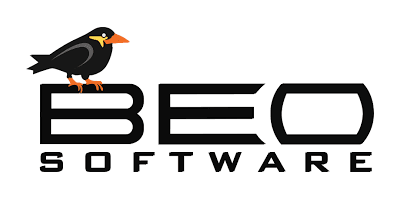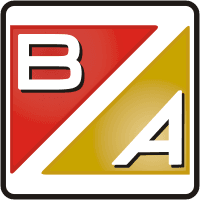How Useful is the Use of ChatGPT in Customs Part 1
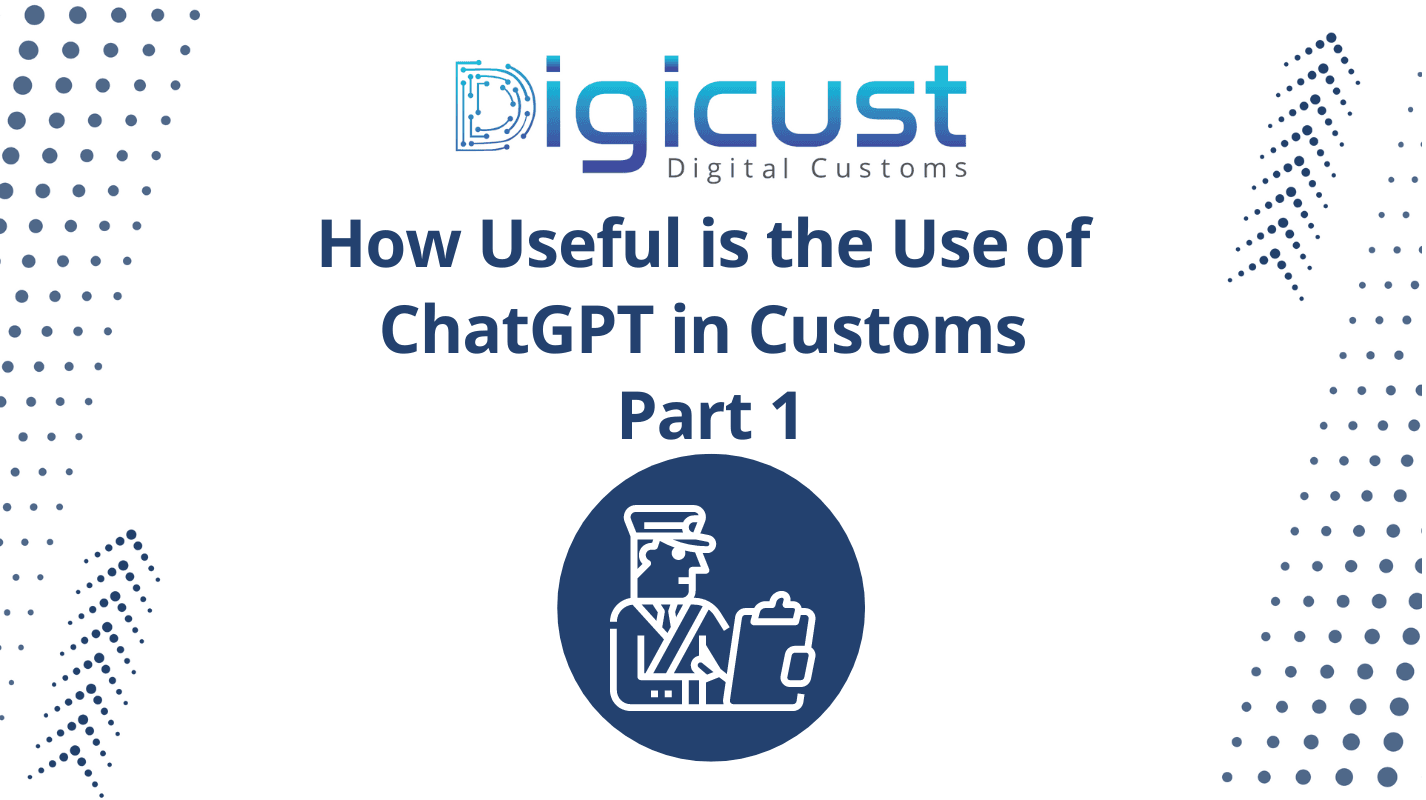
Areas of application in customs Knowledge transfer According to AI experts, we are facing a new form of knowledge transfer. By creating innovative teaching and learning systems, competences and qualifications can be brought into companies in a completely new way. The needs of the generations being trained have changed to a large extent. Generation Z no longer knows the pure analogue world and places more value on meaningful work and work-life balance. Making both the workplace and skill transfer more attractive with AI and eliminating monotonous processes is one way to recruit and retain staff in the logistics sector.
However, unsupervised training through AI will only be possible after the teething problems have been eliminated. Customs advice ChatGPT provides quite useful answers when it comes to simple customs advice or knowledge transfer. Just like the well-known search engine Google, the chatbot provides information, but with the difference that it fully formulates the answer. Customs terms are even explained with a reference to the source if desired. In addition, the voice AI provides support when composing messages, applications or appeals to the customs authority, which is definitely something to be proud of.
However, the functions are still to be enjoyed with caution, but it is certainly suitable as an effective tool for increasing productivity. Recognising images The successor model GPT-4, which can be tried out immediately for paying Plus customers (with an additional app), is able to recognise and interpret images, graphics and documents. We have not yet tested this function in the customs area. The dream of every tariff expert to have goods classified by images in the future is thus at least a little closer. Multilingualism With the new version, multilingualism has also been expanded. GPT-4 is supposed to be able to handle 26 languages by now. This capability is of enormous importance in foreign trade. The predecessor GPT 3.5, however, still has limitations, which, apart from a certain susceptibility to errors, are also noticeable in the simpler language. It is worth mentioning that ChatGPT currently still has a certain tonality and follows its own style. GPT-4 is supposed to be a bit more creative in this respect.
In the next part, we will talk about the limits in customs and see what alternatives there are for AI-assisted customs code classification. Stay tuned!
News from our Blog
Learn about customs clearance, foreign trade, our product updates and our latest achievements.

